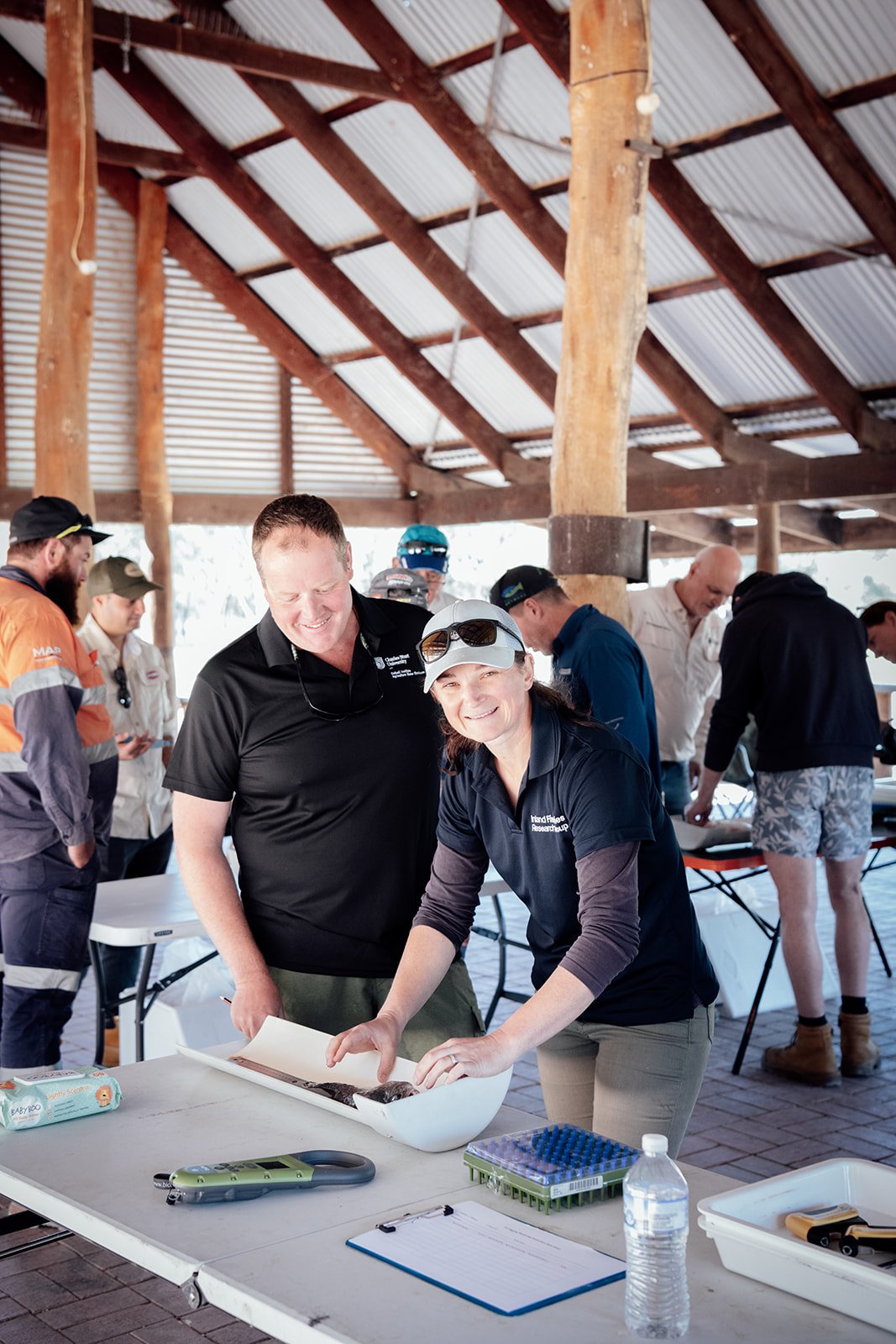‘Filling a giant jigsaw’: How citizen science could boost dataflows on native fish and ecological outlooks
news
Published 20 Jun 2024
Some of Australia’s leading freshwater ecologists believe that members of the public could help to address the shortfall in tagged fish in the country’s largest river system.
Written by Ralph Johnstone
When it was initiated in 2001, the Sea to Hume Fishway Program – or the ‘Fish Highway’, as it was colloquially known – was celebrated as one of the greatest victories for aquatic life in the Murray–Darling Basin. Under the program, every weir or barrage built on the Murray River between Coorong and the Hume Dam was equipped with a fish ladder – the flowing channels that enable native fish to ‘climb’ upstream and complete their migrations to ancient spawning and feeding grounds.
For Professor Lee Baumgartner and his team at the Gulbali Research Institute at Charles Sturt University, the fishways also provide a unique opportunity to track the movements of individual fish and fish species, through tiny implanted ‘PIT tags’ which ping when they pass through a fishway.
‘It had been nearly 100 years since a fish had been able to swim from South Australia to the Hume Dam without encountering a migration obstruction,’ says Prof Baumgartner. ‘In 2012, that was finally possible again.’
In the intervening years, the scheme has worked wonders, with data from the 13 constructed fishways not only demonstrating their use, but creating a knowledge base with the potential to show how environmental water, restocking and translocation programs, and other ecological initiatives are restoring the natural balances of Australia’s largest river ecosystem.
But just as the PIT system began producing this vital data – data that is becoming ever more critical with growing water variability and climate extremes – researchers noticed a problem. There were simply not enough tagged fish.
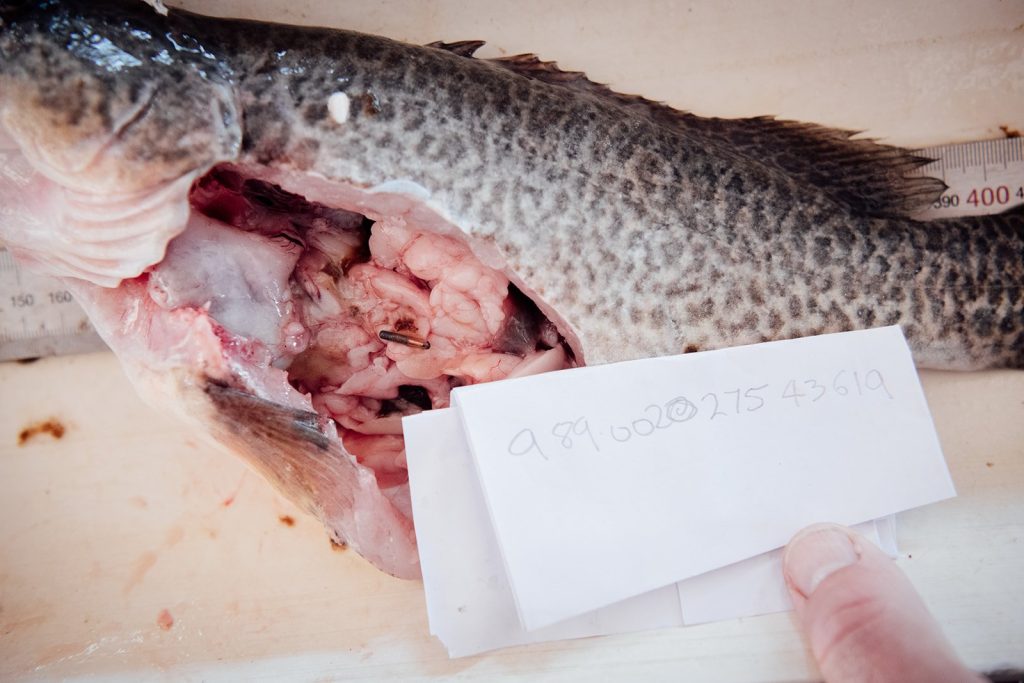
Lessons from America
Between 2007 and 2014, ecologists were tagging as many as 7,000 fish each year across the Murray–Darling Basin. Such was the appetite for tagging that in 2010 the Australian Government sent Prof Baumgartner and a group of multi-state scientists to the United States, to study salmon-tagging by fishermen, rangers, and other “citizen scientists” in the Columbia River Basin. That program aimed to tag tens of thousands of salmon each year – a number that was only possible with the involvement of ordinary citizens.
The Australian scientists were so impressed with the US program – which even gave volunteers vehicles with their own mobile ‘tagging stations’ – that they supported a strong recommendation for a similar program to be considered in the Murray–Darling Basin.
Fast forward 15 years, and this vision is now being piloted through the One Basin CRC and the Next Generation Water Management and Engineering Hub – a federally-funded collaboration between UNSW and Charles Sturt University.
Over the past six months, with funding from One Basin’s Quickstart program, three workshops have been held at Deniliquin, Swan Hill and Mildura, to gauge the appetite of local anglers, First Nations groups, and other volunteers to get involved in fish-tagging. The project, co-hosted by CSU and the national angling network OzFish, with support from Australia’s PIT-tag systems supplier KarlTek, has met with overwhelming support.
Nearly 70 participants attended the three events, and numbers had to be capped at the last two venues. OzFish project manager Michelle Slater says the workshops – which provided training on fish physiology, tagging technology, and the practical aspects of large-scale tagging programs – confirmed widespread enthusiasm among residents and anglers to support local data-gathering.
‘Some people travelled a long way to get to these workshops,’ she says. ‘If we can roll out these workshops more broadly, we’re confident that lots of people will put up their hands.’
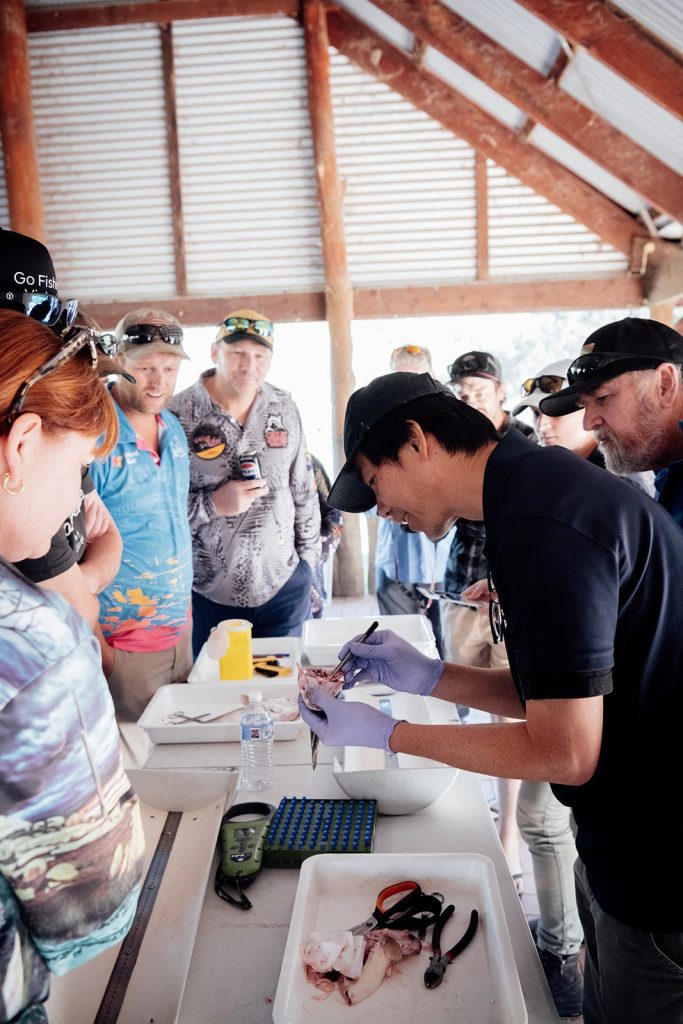
“Using citizen scientists for this kind of program, you wind up with extremely motivated people who are strongly committed to the long-term health of fish in the river.”
— Prof. Lee Baumgartner, Executive Director, Gulbali Research Institute
Simple skills, strict standards
The tagging process is relatively simple, with taggers using a small ‘gun’ to insert the PIT-tag into an anaesthetised fish’s abdominal cavity. At the workshops, dead Murray cod were used so researchers could autopsy the fish and show the participants precisely where their tags had landed.
‘It’s very simple if you have a little guidance and the right level of training,’ says Troy Bright, who works as a project officer on environmental water infrastructure projects for the NSW Government, and is President of the Edward-Wakool Angling Association. ‘I feel confident that any responsible adult can tag freshwater fish in a way that will satisfy animal welfare guidelines.’
Developing and maintaining high training and tagging standards will be key to the Government’s approval of public fish-tagging, according to Dr Katie Doyle, research fellow at CSU’s Inland Fisheries Research Group.
‘When you handle fish for scientific purposes, strict ethical guidelines and fisheries regulations come into play,’ explains Dr Doyle. ‘Scientists have done a lot of work to refine the processes of catching, anaesthetising, and tagging fish – particularly the most appropriate placement of tags with different species. In effect, inserting a fish tag is considered a surgical procedure, and any procedure like this needs to be done in a way that’s safe for the fish.’
Dr Doyle says that while people are keen to know their local fishways are working, ‘data on native fish movements is filling a critical piece of a giant jigsaw puzzle. It may help people see the outcomes of projects such as the installation of new fishways, or the movement of fish after environmental flows have been delivered to river systems.’
If this collaborative project can demonstrate to government and animal ethics committees that public tagging can be done successfully, the next step will be ensuring the program is contributing to ‘big’ research questions. If all these prerequisites can be met, it may not be too long before the datasets are contributing scientifically robust data.
‘If we can get an organisation like OzFish to engage citizens through its extensive networks of anglers,’ says Prof Baumgartner, ‘we could ensure that data-gathering reaches a scale where it becomes statistically robust. But it needs to be focused on a structured research program, which is contributing data that is essential for river management and fish conservation.
‘As tagging is a surgical procedure, we should only be performing surgery on fish where there is a strong need for the data, and it is contributing to a bigger outcome for river health linked to key questions that need answering.’
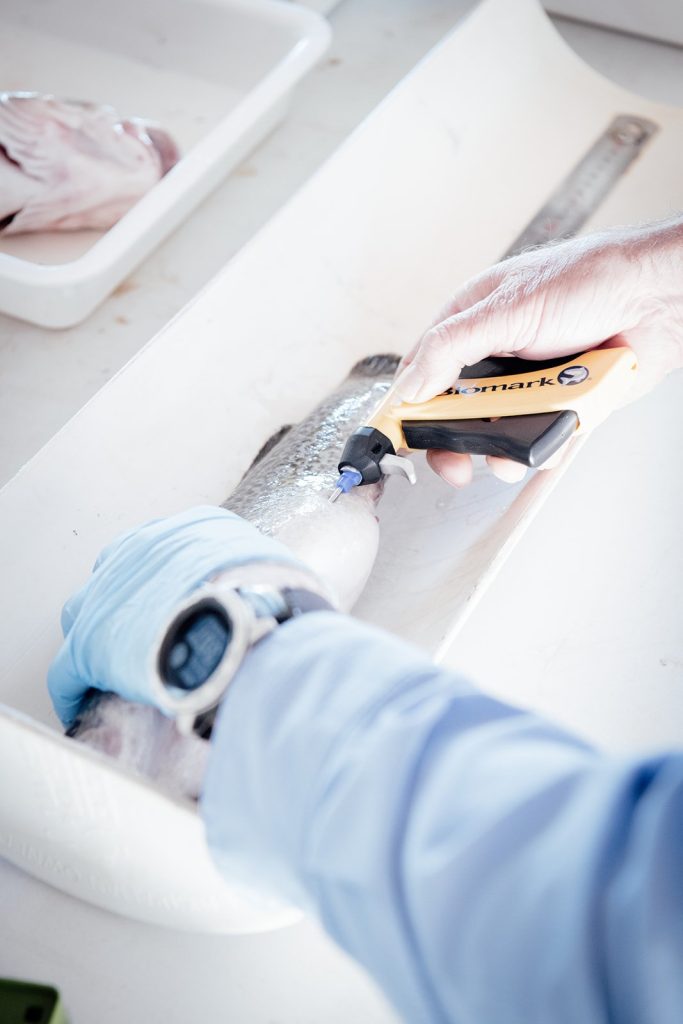
Portending significant events
The CSU team have records of several events that show the benefits of the huge PIT datasets they were gathering in the early part of the program. Like the record floods in 2011, which triggered an unprecedented migration of one-metre-plus cod up the Murray River – shortly before there was a major outbreak of ‘bad water’ in the river.
‘If we continue to rely on small-scale or intermittent sampling of fish populations, we’ll miss events like this,’ says Prof Baumgartner. ‘But a basin-wide PIT system picks up these big movements of fish, which can accompany or even portend significant environmental events.
‘PIT systems can generate important information about fish movements and ecosystem health that can be used to inform river management decisions – such as when more environmental water is needed, the impacts of restocking, how quickly rivers are recovering from environmental disturbances.
‘Right now, we have 20 years’ worth of data, from which we can see certain patterns emerging – including huge benefits for fish from environmental flows… This news is often lost – but if we can keep building this kind of information with the help of citizen science, the benefits in the future could be huge.’
‘Tagging native fish can provide a lot of information about how fish are moving, where and when they’re going, and importantly, areas they’re avoiding,’ adds John Conallin, a senior CSU researcher who co-hosted the Deniliquin workshop. ‘The more tagged fish we have out there, the more information we’ll be acquiring to make better decisions on ecological management in the future.’

Reversing the data decline
Between 2003 and 2013, more than 35,000 native fish were PIT-tagged by researchers along the Murray River. However, in the past decade, the rate has dramatically declined, with fewer than 11,000 fish tagged since 2013 – and numbers dropping further as tagged fish are caught, lose their tags, or die from natural causes such as old age (many native species live for about 20 years).
For people like Troy Bright, getting fish-loving citizens involved in tagging programs is a clear solution for reversing this decline.
‘We’re seeing more tracking stations going in along the river, but they’re not being matched by the capacity to tag fish,’ he says. ‘And we all know that the more tagged fish we have, the better our scientific knowledge will be.
‘A lot of people still have the wrong impression of phenomena that are totally natural along this river. They see floods and immediately think “hypoxic blackwater” – when actually, these floods are critical for pushing the larvae of golden and silver perch into our wetlands.
‘We need more data to show what’s happening to our fish: where they’re thriving, and where they’re suffering. When the fish suffer, the communities around them suffer as well.’
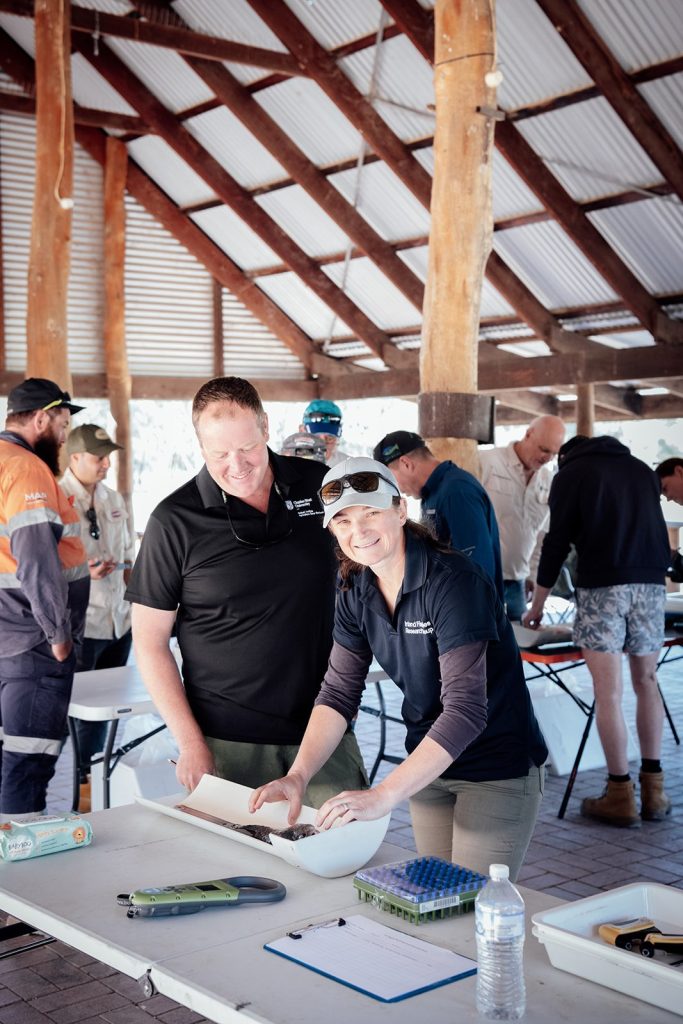
More information:
- https://www.youtube.com/watch?v=Uow9OQUz0DM&list=PL4FxiK-WWfH1Au6YSRvzQxNHx1nPHEpX5&index=4
- https://www.mdba.gov.au/water-management/infrastructure/fishways-river-murray/how-fish-are-counted-fishways
- https://www.csu.edu.au/research/gulbali/research/sustainable-aquatic-systems/projects/citizen-science-fish-tagging-and-recovery
Latest news & events
All news & eventsUN-Water Analytical Brief on Water for Climate Mitigation
Read MoreWebinar recording: Working With Country To Heal
Read MoreBuilding capacity for Basin communities to respond to variable water futures
Read MoreDelivering the Commonwealth Environmental Water Holder’s (CEWH) Flow-MER 2025 Annual Forum
Read More